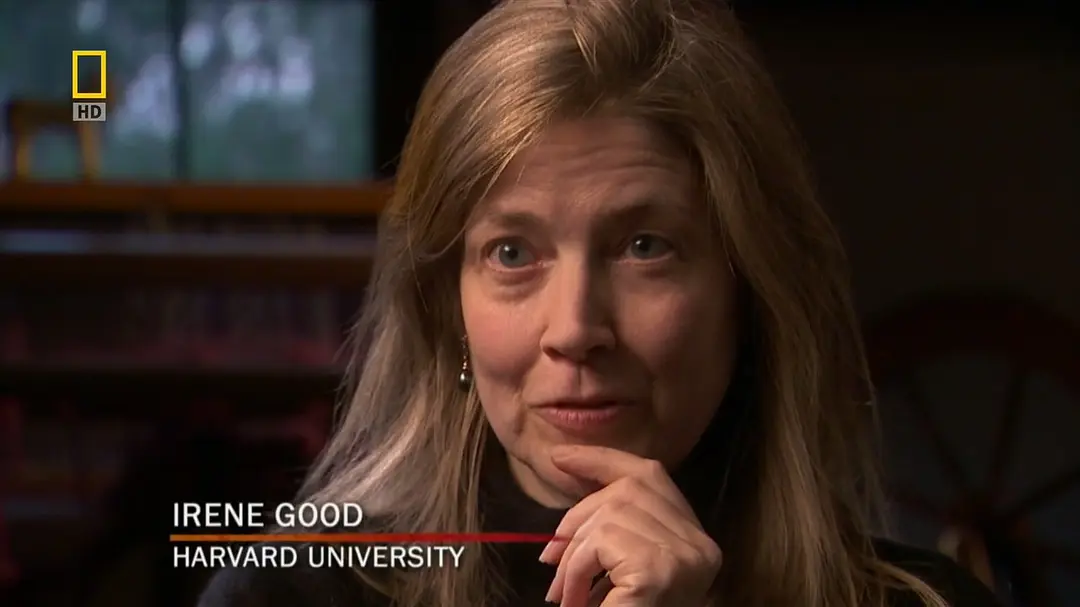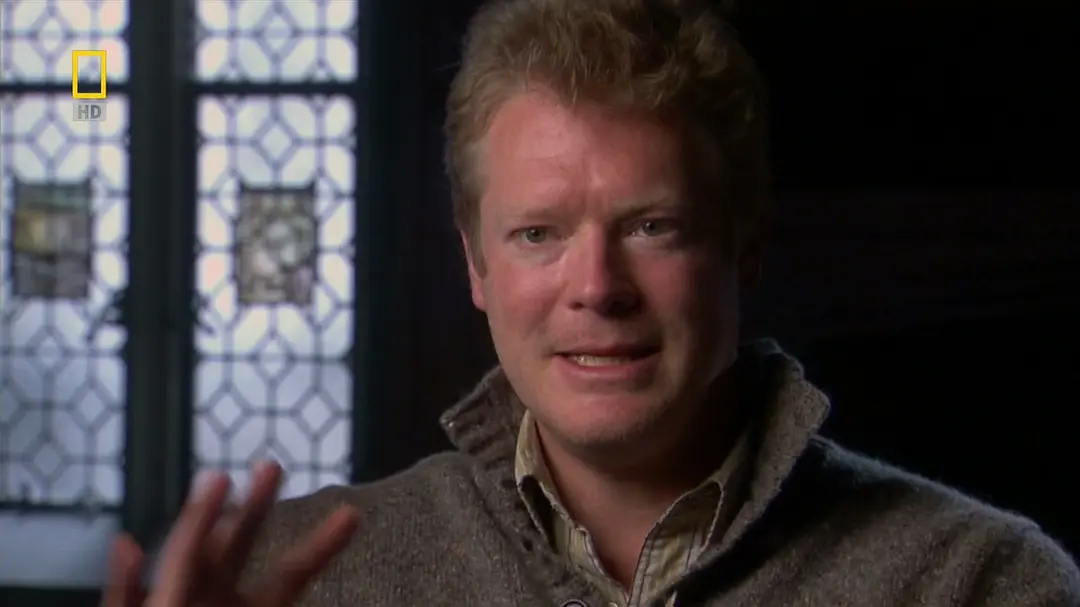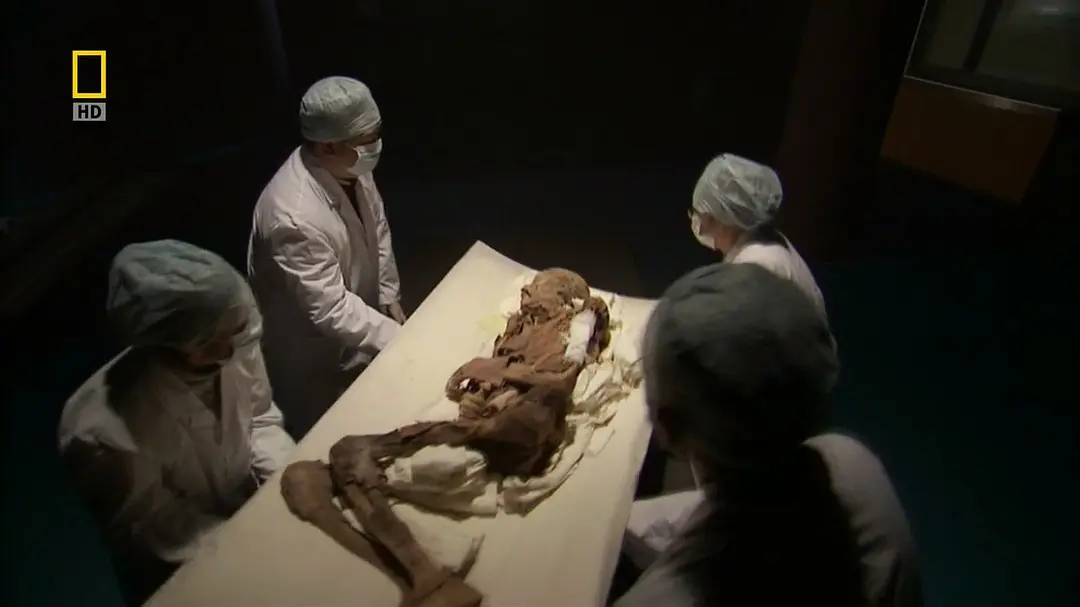The Enigma of the Tarim Mummies
National Geographic’s China’s Mystery Mummies investigates four remarkably preserved mummies discovered in China’s western Tarim Basin, dating from 4,000 to 2,600 years ago. These mummies, with strikingly European features, challenge conventional views of ancient China. Alongside them, archaeologists found tools and artifacts previously unknown in the region. Who were these individuals, and where did they originate? By analyzing skeletal remains, burial practices, and artifacts, researchers aim to piece together the story of a civilization that existed long before the Silk Road and Marco Polo’s explorations.
 Advanced DNA Unlocking Secrets
Advanced DNA Unlocking Secrets
Recent breakthroughs in DNA technology have allowed scientists to reconstruct the genetic makeup of these ancient individuals. National Geographic’s resident explorer, Spencer Wells, has been at the forefront of analyzing these mummies, using a comprehensive genetic database. Through DNA sequencing, researchers have begun to trace their origins, uncovering connections between ancient populations in Europe and the Tarim Basin. These findings suggest that cultural and technological exchanges may have occurred much earlier than previously believed, providing new insight into early human migration and cross-cultural interactions.
 Archaeological Revelations
Archaeological Revelations
The artifacts found alongside the mummies offer additional clues about these mysterious peoples. Items such as textiles, tools, and burial accessories reveal advanced craftsmanship and techniques unfamiliar to local populations at the time. The excavation of coffins and other burial sites helps researchers understand their funerary practices, social structures, and daily life. National Geographic’s coverage highlights the meticulous process of archaeological investigation, combining careful fieldwork with modern scientific analysis, painting a detailed portrait of this enigmatic civilization.
 Rewriting History
Rewriting History
The study of China’s Mystery Mummies not only illuminates the past but also forces historians to reconsider established narratives. These discoveries indicate that ancient societies were more interconnected than previously thought. European-like features in the Tarim Basin suggest migration or contact that predates recorded history. By combining archaeology, genetics, and historical research, National Geographic provides a compelling story that could reshape our understanding of human history and the diffusion of culture across continents.





